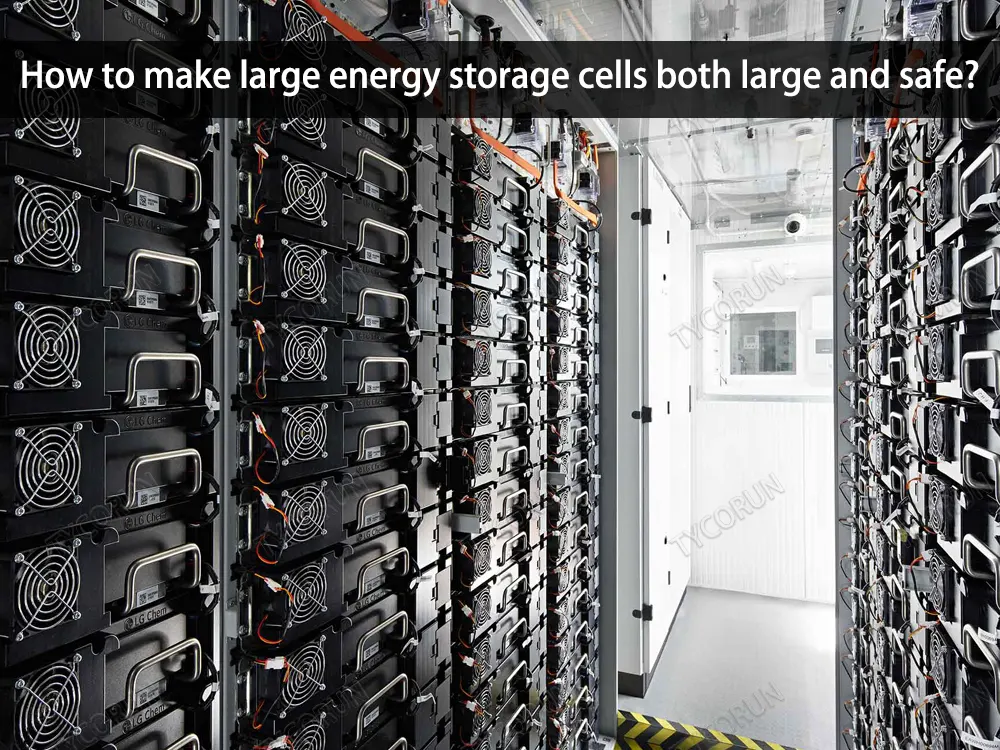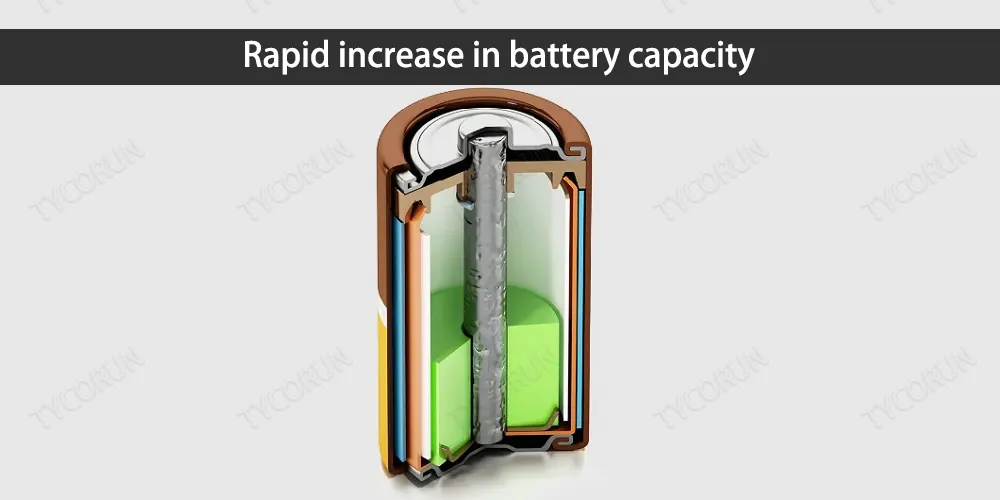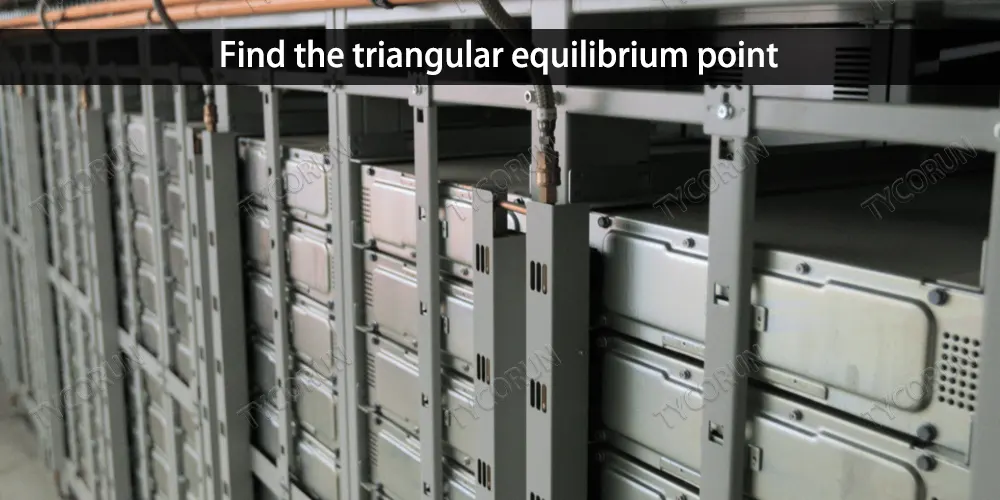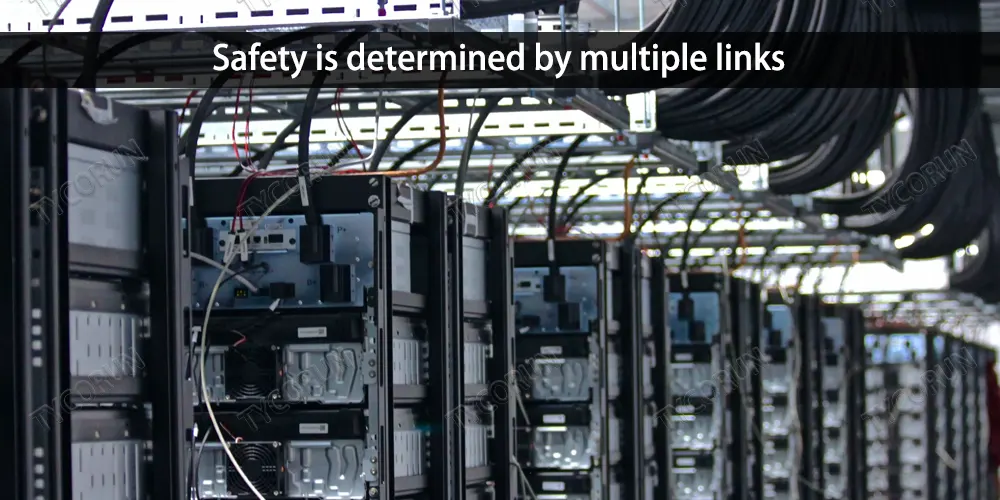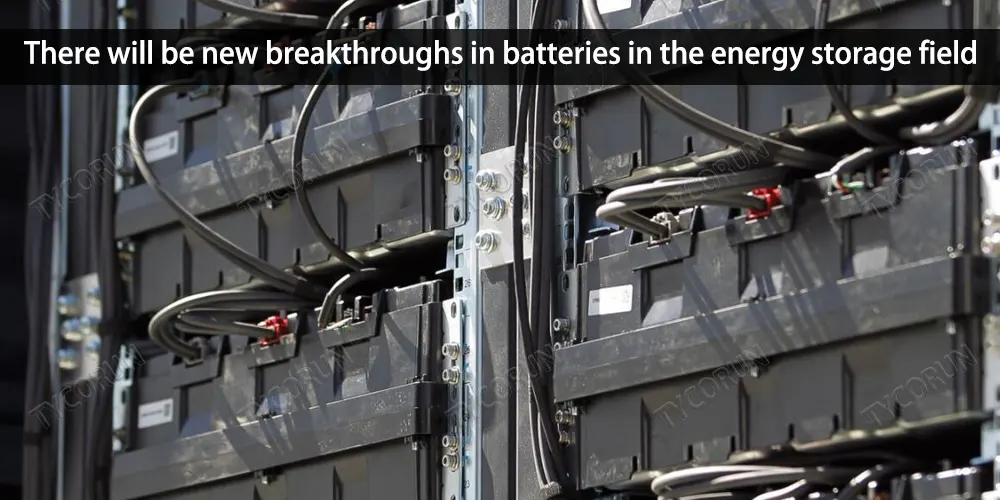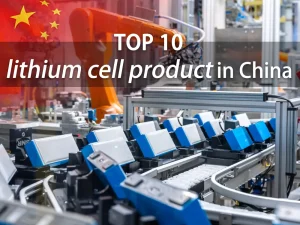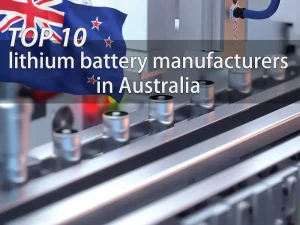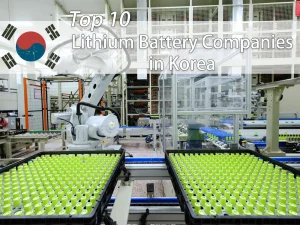Home » Lithium-ion battery safety » How to make large energy storage cells both large and safe
How to make large energy storage cells both large and safe?
With the rapid development of the energy storage industry, the market demand for battery cells exceeds supply.
Many companies continue to increase battery cell capacity through technological iterations. From 280Ah to 300Ah, and then to 580Ah, the battery capacity is getting larger and larger.
The energy storage project revenue model shows that large energy storage cells reduce the overall system cost and increase project revenue. Large-scale battery cell design is the future development direction of cells in the energy storage field.

Rapid increase in battery capacity
At present, the mainstream battery cells are still mainly 280Ah. However, as technology iteration accelerates, the trend of large-scale battery cells has become more and more obvious. Currently, large-capacity battery cells exceeding 300Ah have appeared in more than 20 categories.
Most of the top 10 lithium ion battery manufacturers have developed cells with capacities exceeding 300Ah. Both EVE and VISION have developed ultra-large capacity batteries of 560Ah and 580Ah. Taking the current largest-capacity VISION energy storage cell as an example, its cycle life reaches 10,000 times.
An announcement released by EVE shows that the 560Ah large battery cell has a cycle life of more than 12,000 times, which can reduce the cost of system integration applications by 10%, reduce the number of parts by 47%, and increase production efficiency by 30%.
The large-capacity battery cell design further reduces the cost of the battery case and upper cover, and the utilization rate of materials during the actual production process will also be improved, thus bringing stronger price competitiveness.
In the meantime, in terms of comprehensive system design, higher-capacity batteries bring higher volume energy density, which can reduce the consumption of comprehensive auxiliary equipment during the container design process, such as the total number of air conditioners, total containers, and total fire safety equipment.
It’s not that the bigger the battery cell, the higher the profit. Judging from the current market situation, the original intention of each company to develop large battery cells is to reduce costs.
Which one will become the mainstream in the market in the future still depends on which one has the lowest cost in large-area applications, similar to the previous dispute over photovoltaic size.
Find the triangle equilibrium point
It is understood that the battery capacity reaches 320Ah, and the internal temperature of the battery will exceed 800°C.
It is higher than the decomposition temperature of lithium iron phosphate, which will undoubtedly pose challenges to other aspects of the industrial chain such as battery safety, design energy, and production and manufacturing processes.
The research and development of battery cells is also an “impossible triangle”, that is, it is impossible to have high energy density, high cycle times and high safety at the same time. Energy density is the primary issue that must be considered in almost all battery designs.
When the energy density of the design increases, the battery core has to choose a thinner separator, and the material also needs to be used under extreme compaction and area density.
On the one hand, such an extreme design will make it more difficult to absorb liquid from the battery core, thereby affecting cycle performance.
On the other hand, thinner aluminum-plastic separators and materials with higher energy density also mean worse safety performance. Energy density and cell performance are issues that cannot be avoided in any design.
When energy density has a greater advantage, there may be certain hidden dangers in the cycle safety performance of the battery core. When the cycle safety performance is 100% correct, the energy density is low and the product lacks strong competitiveness, so companies will basically find a balance point.
The economic cycle life generally advertised by battery cell manufacturers is 6,000, 8,000, and 12,000 times, and these are results derived from specific experimental environments and data models. When the cells are PACKed into battery packs and used in energy storage systems, the economic cycle life will not reach the above times.
After 280AH is launched on the market in 2020, no more than three battery core factories will be able to produce it in 2021, and it will become the mainstream of energy storage power station applications in 2022.
After the first batch of 280AH batteries are installed, there will be a sharp increase in after-sales incidents around 2025. Everything remains to be verified by time.
Safety is determined by multiple links
The application of large-capacity batteries is a double-edged sword. While reducing costs and accelerating market development, it also brings corresponding technical problems and safety hazards that need to be resolved.
The system-level safety of large energy storage cells is determined by multiple links including cell safety design, thermal spread isolation design, system early warning mechanism design, and fire protection system design.
From a purely battery perspective, as the level of automation equipment improves, the production control capabilities of lithium battery manufacturer has also been further upgraded.
At the same time, with the improvement of automated testing equipment and methods, there are also breakthrough methods for safety screening of battery cells before leaving the factory.
Of course, there will also be corresponding changes in the field of materials, such as the application of separator systems with better heat resistance and stability, the application of auxiliary additives in battery cells, etc., which will continue to improve the safety and stability of batteries.
However, from an electrochemical point of view, lithium-ion batteries still cannot guarantee absolute safety. Potential risks require effective safety measures after a failure from the perspective of system design, safety warning, fire protection and other management strategies. Therefore, future safety design is a Systematic approach.
According to some industry insiders, the key to the safety of large battery cells lies with the integrator, because there is basically no possibility of spontaneous combustion of large lithium energy storage cells if they lose control.
Hydrogen and carbon monoxide are emitted in the early stage of loss of control, both of which are flammable gases. Therefore, the safety of energy storage lies in whether the energy storage integrator can control open flames in cluster-level containers.
The transfer time between thermal runaway cells of lithium batteries is relatively long, which provides good conditions for energy storage, fire extinguishing and cooling. However, if integrators do not use fine water mist to cool down the combined batteries, this advantageous condition will not work.
However, it is not enough to conduct flame retardant battery testing at the module level or combined battery level. It must be certified by the UL Fire Protection Rating Monitoring Center at the unit assembly and installation level.
Simultaneously, the choice of explosion-proof valve for plug-in box design is very important. The commonly used spring-type pressure relief valves cannot dissipate heat and are in urgent need of improvement.
In addition, the door or box design of the container must be equipped with a pressure relief plate with a large diameter, and cannot be fully sealed in order to pursue integration and protection level.
As a downstream system integrator, battery cells are just a kind of accessory for them. The safety of battery cells still depends on the manufacturing of the battery cell manufacturer and the testing level of third-party testing agencies.
Summary
At present, there is no truly universal battery cell model, and the industry has not yet completely standardized energy storage battery cell models. In the future, with technological breakthroughs and more reasonable designs, more energy storage battery cell solutions will emerge.
Enterprises should carry out battery cell research and development along multiple battery models, multiple material systems, multiple cost solutions, etc.
Believe that with market application and testing, better battery solution will be confirmed, and there will be new breakthroughs in batteries in the energy storage field. This is an important prerequisite for the development of the energy storage industry.


